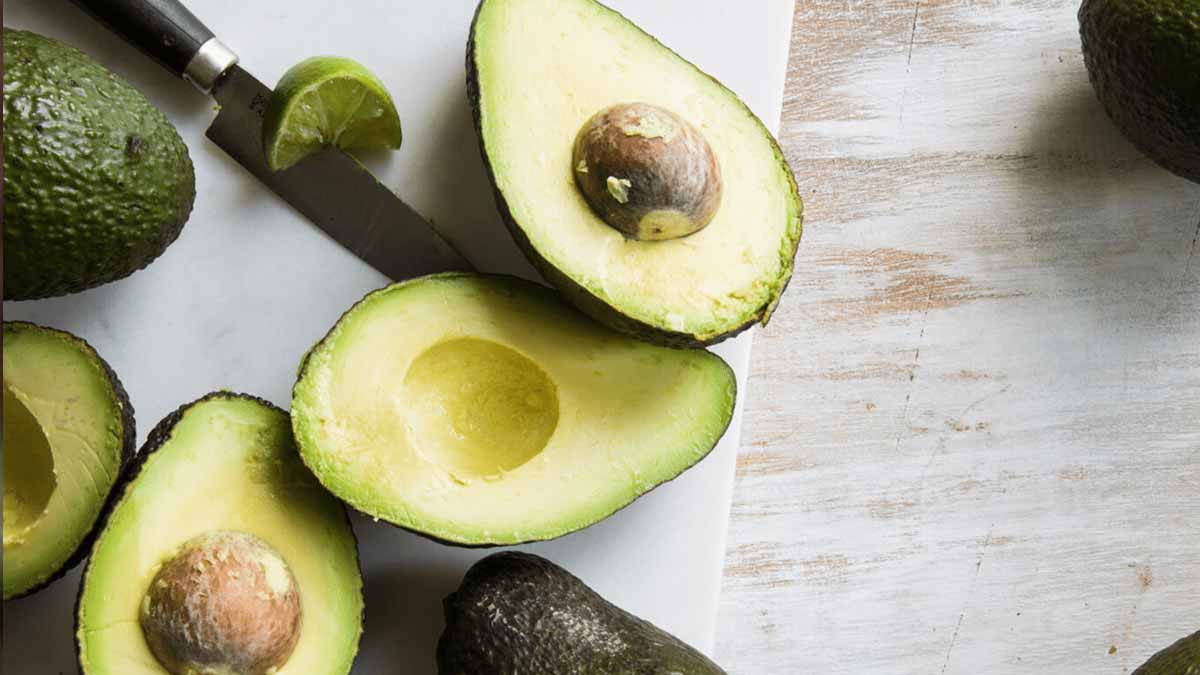A bright slice should taste like sunshine, not yesterday. The secret to keeping avocado lush lies in blocking the tiny reaction that steals its color, so your toast topper stays appetizing for longer. UK kitchens already love this fruit for breakfast, lunch, and quick snacks, and leftovers are common. When storage is careless, slices turn brown and mushy fast. With a simple step and a few smart add-ons, freshness holds, food waste drops, and creamy texture stays on your side.
Why this simple step keeps avocado slices vibrant
Cut fruit browns because polyphenol oxidase reacts with oxygen, which darkens the exposed flesh. When air meets the cut surface, the enzyme triggers pigment changes, so color fades and texture suffers. A firm barrier changes the equation, since less oxygen reaches the surface and the browning reaction slows.
Leftovers happen after generous toast toppings or salad prep, and the window to protect quality is short. Acting quickly matters because the first minutes determine how much oxygen slips in. Smooth contact over the surface creates a protective seal, so color and texture hold while flavor remains clean.
Getting the basics right reduces waste and keeps portions flexible through the day. Slices stay ready for a quick meal, while meal prep remains practical and tasty. When the surface is fully covered, the browning clock slows, so you gain time without complicated tools, special containers, or fussy routines.
How the wrap technique works, step by step
Start by wrapping tightly, pressing the film directly onto the surface to eliminate gaps, since air pockets invite discoloration. Smooth the film from center to edge, because contact reduces oxygen exposure across the whole face. A snug seal gives your avocado the best chance to remain green and appealing.
Food Matters notes that this approach is quick and effective, even though single-use plastic raises environmental concerns; a reusable beeswax wrap offers a better footprint with similar contact. They also emphasize contact as the key, since clingy coverage forms a direct shield. The technique is simple, repeatable, and easy to adopt.
To extend freshness, place the wrapped piece inside an airtight container. The double barrier cuts airflow further, while the fridge’s cold temperature slows the enzyme. Properly wrapped or mashed and sealed, the fruit stays green for at least two days. Because the surface remains protected, texture holds firm and flavor stays clean.
Cold, containers, and citrus work together
Refrigeration counts because enzyme action slows at cooler temperatures. On reducing the temperature, enamelling ceases; so that the surface retains color longer. An airtight box that adds stability during door openings, which comes into its own when family members are grabbing items often, and the temperature is prone to fluctuating inside a busy fridge.
Citrus is effective by its citric acid, which has antioxidant properties that effectively block polyphenol oxidase along with providing a mild shield. A light wash of lemon or lime form a light seal that enhances the wrap and pail. Some tasters notice a flavor shift, so a restrained touch keeps balance while still protecting the surface.
Real Simple recommends using a storage container, then skipping the rigid lid in favor of plastic film pressed onto the fruit inside the bowl. Direct contact prevents trapped pockets that feed oxidation, while the container supports the seal. This two-part method handles leftovers well because it mixes practicality with protection for avocado lovers.
Beeswax wrap and guacamole: sustainable and smart
Reusable beeswax wraps provide a tighter environmental story, according to Food Matters, since they replace single-use film while still molding closely to curves. Warmth from your hands softens the sheet, so it sticks gently and conforms. Good contact remains the goal, because that press-on seal limits oxygen access at the surface.
For mashed preparations, press the film straight onto the top of the mixture in the bowl. Air above the dip drives browning quickly, so removing that headspace makes a real difference. When contact is complete, texture stays smooth and color stays bright, which means the bowl still looks appetizing the next day.
Food Matters points out that this method keeps guacamole fresh for days when the surface seal is solid. Push the film gently so it hugs every ridge, then chill. A second lid over the bowl stabilizes the seal during storage, while the citrus in many recipes adds another gentle layer that shields avocado from oxidation.
Storage habits UK kitchens trust for avocado
Small habits shape results. Wrap immediately after slicing, since delays invite spotting. Smooth the film so wrinkles don’t trap air, because gaps defeat the purpose. Use a clean container with a reliable seal, which prevents drafts during fridge cycles. These simple moves stack together and deliver reliable freshness day after day.
Common mistakes include loose wrapping, open corners, and skipping the container. Room-temperature storage speeds browning, so chill as soon as you seal. Heavy handling bruises flesh, and bruising spreads quickly under wrap. Gentle prep protects structure, while careful placement on a shelf avoids pressure from milk cartons and crowded jars around the package.
If flavor is appropriate to the meal, squeeze a touch of lemon or lime into the layers before you fluff and serve; if not, a more neutral approach might skip citrus and lean hard on that tight seal instead. If you find that the taste is off, cut it back and try again. Balance is key, of course: You need that color protection without sacrificing the creamy taste people hope for in sandwiches and salads.
A handy routine that saves money and flavor daily
Freshness lasts because oxygen is blocked first by direct-contact wrap, then by an airtight container, and finally by cold storage; add citrus when it suits your taste. Food Matters and Real Simple both stress contact as the lever that keeps the surface bright. With a few calm steps, your avocado stays ready, tasty, and green.
